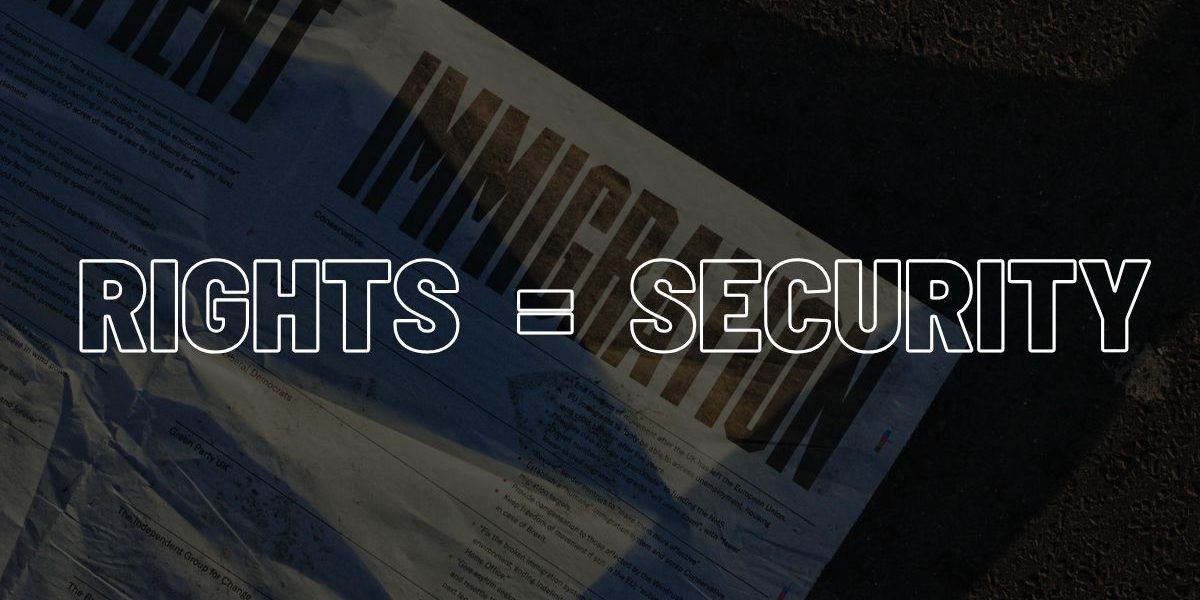Immigration policy often sits at the center of public debate. It’s where concerns about national safety meet questions of fairness, law, and humanity. While many agree that borders should be secure, there’s also broad agreement that the rights of individuals—especially those fleeing hardship or persecution—deserve protection.
Finding a balance between these priorities is one of the most difficult challenges facing governments today. It’s not just a matter of paperwork or politics. The way we manage this balance speaks to the kind of society we want to be. Too much focus on security can lead to harsh practices, while ignoring it altogether risks creating gaps in enforcement.
Why Balance Matters in Immigration
Security and rights are not opposing ideas. In fact, strong, fair systems depend on both. A country must know who is entering and why, but it also must respect the dignity of every person at the border.
When security policies ignore human rights, they can result in overcrowded detention centers, family separations, or rushed decisions on asylum claims. These actions may create short-term control but often damage long-term trust in the system.
On the other hand, if border systems are too loose or inconsistent, they can be misused. People might enter under false claims or without proper screening, which raises valid safety concerns.
That’s why balance is necessary—not just for law enforcement, but for fairness and trust.
Tools Used for Border Security
Modern border security uses a mix of technology, personnel, and legal processes. Surveillance systems, such as drones and motion detectors, help monitor crossings. Border agents perform inspections and interviews. Immigration courts review documents and make legal decisions.
Screening procedures are in place to identify potential threats. These include background checks, biometric data, and interviews. In many cases, cooperation with international agencies helps identify individuals who may have criminal records or ties to dangerous groups.
These systems can be effective when used properly. But mistakes or abuses can occur, especially when decisions are rushed or when agents lack proper training.
Rights at the Border
While borders are places of enforcement, they are also places where rights apply. International law protects individuals from being returned to countries where they face danger. This is the principle behind asylum protections.
In the U.S., people have the right to request asylum regardless of how they enter. They also have the right to a fair hearing, legal representation (even if not government-funded), and protection from being detained without cause for long periods.
Other rights include access to medical care, the ability to communicate with family, and protection from abuse. These are not just moral considerations—they are part of legal obligations under U.S. and international law.
Where Conflicts Arise
Tension often arises when policy focuses heavily on deterrence. For example, programs that involve long-term detention for families, or policies that force asylum seekers to wait in unsafe countries while their claims are reviewed, raise concerns about rights violations.
In 2018, a zero-tolerance policy in the U.S. led to thousands of family separations. The program was intended to deter unauthorized crossings, but the public response was swift and negative. Many criticized it for violating basic rights and causing long-term trauma to children.
Similar issues have occurred in other countries. In Australia, offshore detention centers for asylum seekers faced international criticism for harsh conditions and lack of access to legal resources.
These examples show how policies aimed at security can sometimes cross a line, leading to outcomes that harm both individuals and a country’s reputation.
The Role of Courts and Watchdog Groups
Legal systems often play a key role in maintaining balance. Courts can strike down immigration policies that violate constitutional or human rights protections. Advocacy groups also monitor detention conditions, access to legal services, and compliance with laws.
These checks are important because they provide accountability. They help ensure that security measures don’t override basic protections. Sometimes, court decisions lead to policy changes that improve the process for everyone involved.
For example, federal courts in the U.S. have ruled on limits to how long children can be held in detention, and whether certain asylum restrictions violate international obligations.
Community and Local Government Response
Local communities and governments also help shape how security and rights are balanced. In some cities, police departments limit cooperation with federal immigration agencies to protect local trust. These “sanctuary” policies don’t block enforcement entirely, but they aim to separate immigration status from community policing.
Faith groups, nonprofits, and local councils often step in to provide services for migrants, including housing, food, and legal help. These efforts reflect a desire to support individuals while national policies work through larger questions of control and access.
Finding Middle Ground
Balancing security and rights doesn’t mean choosing one side over the other. It means recognizing that both matter—and building systems that support each.
Some ways to do this include:
- Investing in trained immigration judges and legal staff to review cases fairly and efficiently.
- Providing humane alternatives to detention, such as monitored release programs.
- Expanding access to legal information for asylum seekers and migrants.
- Improving screening systems without relying solely on technology.
- Creating oversight bodies to review how border policies are applied on the ground.
These steps can improve security while protecting the rights of individuals seeking safety or a better life.
Security keeps borders safe. Rights keep systems just. When the two work together, immigration policy becomes not only stronger—but also more fair and sustainable for everyone involved.
